
The fresh wave of violence against Bengali Hindus in Bangladesh during Durga Puja early this month has been horrifying. The killings, rapes and arson continued over several days, but there was scant interest in India regarding all this. All over South Asia, including in India, violent attacks on Hindus occur with unfailing frequency. Vicious aggression against Hindus, whether in India, like the lynching of sadhus in Palghar, the post-poll violence in West Bengal, or the targeted killings in Kashmir, or outside India, as in Bangladesh, Pakistan and Afghanistan, elicit very little reaction from mainstream society, media, and political parties.
There is an absolute lack of political and even intellectual will to recognise the problem, let alone tackle it. My view is that this general apathy stems from a general societal lack of understanding of historical events and historical processes in the collective consciousness.
That Indian history books contain rampant falsehoods and distortions is something that the public has been aware of for years, but it is only recently that the issue has started receiving real scrutiny. Early this year, the Government of India invited suggestions via email from the public for removing the distortions of Indian history that riddle school textbooks. In a statement put out by the Rajya Sabha Secretariat, the public was informed: “The Department-related Parliamentary Standing Committee on Education, Women, Children, Youth and Sports has taken up for examination and consideration the subject ‘Reforms In The Content And Design Of School Text Books’.”
The government fixed 15 July 2021 as the deadline for submitting suggestions. Students, teachers, domain experts, and members of the public were invited to give their specific suggestions, either in English or Hindi, but we have not heard more about this initiative since then. Interestingly, the three main focus areas in the circular were: 1) The removal of references to unhistorical facts and distortions about India’s national heroes from textbooks; 2) Equal or proportionate inclusion of references to all periods of Indian history; 3) The proper representation of the role of great historic women heroes, including Gargi, Maitreyi, etc, or rulers like Rani of Jhansi, Rani Channamma, Chand Bibi, Zalkari Bai, etc.
In this article, I share some of my own thoughts on the textbook reform project, highlighting gross distortions in current textbooks. I also outline the necessary transformations and outcomes that any reform effort must be oriented towards in order to benefit from such an exercise.
Gross distortions of history
Let’s take the example of the NCERT history textbook for Class 12, ‘Themes of Indian History’, which claims that “all Mughal emperors gave grants to support the building and maintenance of places of worship”. According to the book, “Even when temples were destroyed during the war, grants were later issued for their repair—as we know from the reigns of Shah Jahan and Aurangzeb.”
On this issue, a TV news channel reported that when Tapinder Singh, a social activist from Bharatpur in Rajasthan, asked the NCERT via an RTI about evidence backing the claim, the autonomous government body failed to furnish any proof. These distortions explain some of the absurdities we witness in the Indian socio-political sphere.
The situation where people are not taught real history fosters a general lack of awareness and empathy, which is at the root of so many of India’s problems. This is what might explain why at the inaugural match of the T20 World Cup between India and Pakistan in Dubai on 24 October 2021, the Indian team led by Virat Kohli agreed to ‘take the knee’ in support of the Black Lives Matter movement in the US, without realising that they had done nothing to seek an apology in the first place. And second, if at all they were so keen on taking the knee, they should have done that for Hindus who are regularly being persecuted and killed in Bangladesh, Pakistan, Afghanistan, and even in Kashmir.
The root cause is that the current educational system has fostered not just apathy but also the creation of antagonistic identities, instead of building an overarching unity. The educational system is also guilty of misrepresenting and diminishing everything culturally native to India while glorifying all that is foreign, alien and hostile to its ethos. Clearly, a new curriculum is the need of the hour.
While it is commendable that input is being sought from all quarters, the specifics of what will be included in the history textbooks will be ultimately decided by chosen domain experts who may or may not be clear about what such an exercise should lead to. What is imperative though is that the reform, the changes in the curriculum, should help heal and repair the social fabric of India which right now is being torn asunder by all kinds of divisive forces. To repair India, we must repair the educational system itself.
Desired educational outcomes
The repair of the “History and Culture” curriculum should be such that it should lead to the following educational outcomes:
1. Comprehensive knowledge of Bharatiya history and Bharatiya contributions to world civilisation, science and technology.
2. Comprehensive knowledge of world history, in particular the effects of Islam and Christianity on native peoples and cultures across the globe, including India.
3. Patriotism and empathy for what India went through. Knowledge of the sacrifices made.
4. Pride in one’s civilisational journey. Deep knowledge of one’s own culture and its richness.
5. The ability and desire to impact the future of the globe based on a correct understanding of the past.
6. Appreciation for the itihasas (Puranas, Ramayana, Mahabharata) and an understanding of Vedic wisdom (comprising elements like yoga, Indian philosophy, Sanskrit, meditation/inner exploration, and the Gita) which are considered core components of the timeless Bharatiya Sanskriti. These must be made part of the core curriculum for all students moving through the educational pipeline in India.
The above points are not exhaustive but can be a good starting point in the redesign of textbooks. These will help create the kind of India we want to build — a broken India where the culture wars of today will lead to civil wars in future, or an India that is internally strong and united.
Many recent events have abundantly shown that there are various groups working to Balkanise India, including extreme Leftist groups as well as fundamentalist outfits with allegiances to two major proselytising religions that see India as unfinished business, a structure to be dismantled and completely reshaped and re-carved.
The cultural and historical deracination of the youth of India due to dim-witted public policies and colonial-era educational ideologies makes their job easier. Reforming the history curriculum with an eye on the listed educational outcomes and social transformation goals will be a powerful antidote to all this as well.
Circling back to the big mess
Competing ideologies create ideological Balkanisations and ultimately lead to physical Balkanisations. The recent takeover of Afghanistan by the Taliban with the blessings of various foreign powers should be a warning bell. The events in Afghanistan show us how easily a house, when compromised by competing ideologies, collapses because it has no real inner strength or unity. For India to stay internally secure, among other things, it must reform education, reform the teaching of history, and show authentic respect for historical truth.
Truth has hitherto been treated as a taboo. The fresh wave of violence against Hindus in Bangladesh and the usual apathy about it in India once again underscore the need for true and meaningful educational reforms in the country. Social cohesion built on the commonly shared understanding of authentic history and historical processes would be the surest foundation for a united and stable India.
Source : FirstPost

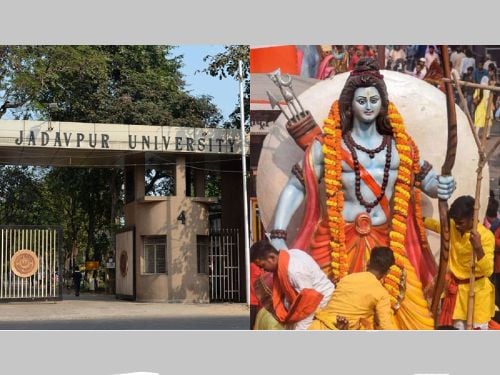 Jadavpur Univ revokes permission to celebrate Ram Navami on campus after granting it
Jadavpur Univ revokes permission to celebrate Ram Navami on campus after granting it Andhra Pradesh: Farooq kills mentally challenged Hindu man for insurance money
Andhra Pradesh: Farooq kills mentally challenged Hindu man for insurance money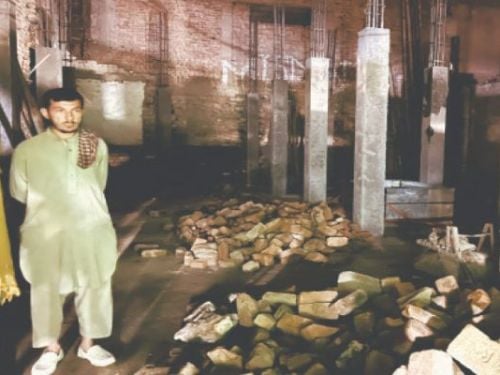 Pakistan: Ancient Hindu temple in Khyber Pakhtunkhwa demolished for commercial complex
Pakistan: Ancient Hindu temple in Khyber Pakhtunkhwa demolished for commercial complex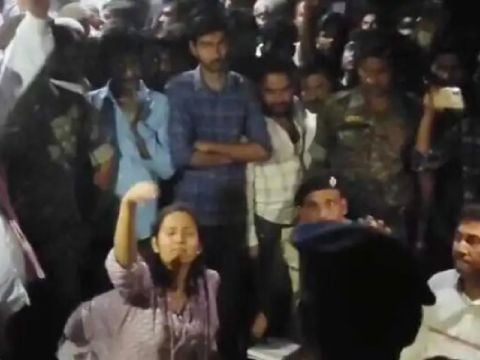 Bihar: Goddess Bhagavati Temple in Araria vandalised and deities damaged
Bihar: Goddess Bhagavati Temple in Araria vandalised and deities damaged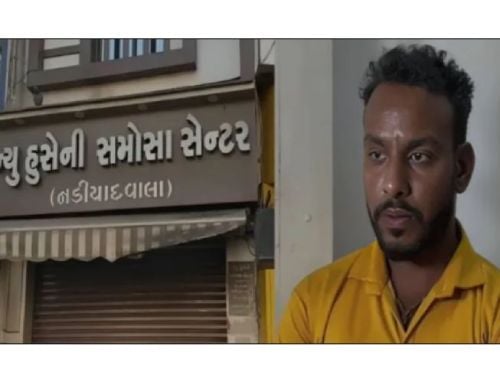 Vadodara: Beef supplier Imran Qureshi arrested in beef-stuffed samosa case
Vadodara: Beef supplier Imran Qureshi arrested in beef-stuffed samosa case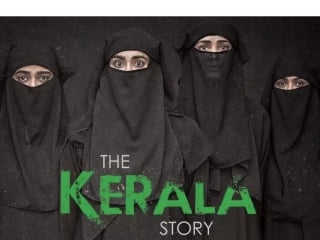 After Idukki diocese, Syro Malabar Catholic Church’s Thamarassery diocese screens ‘The Kerala Story’
After Idukki diocese, Syro Malabar Catholic Church’s Thamarassery diocese screens ‘The Kerala Story’